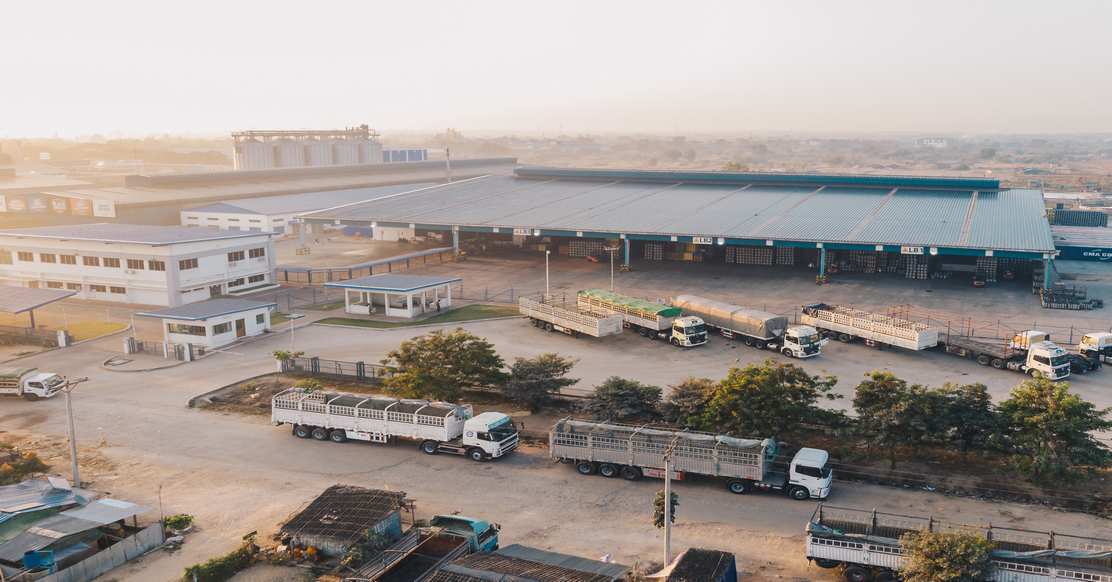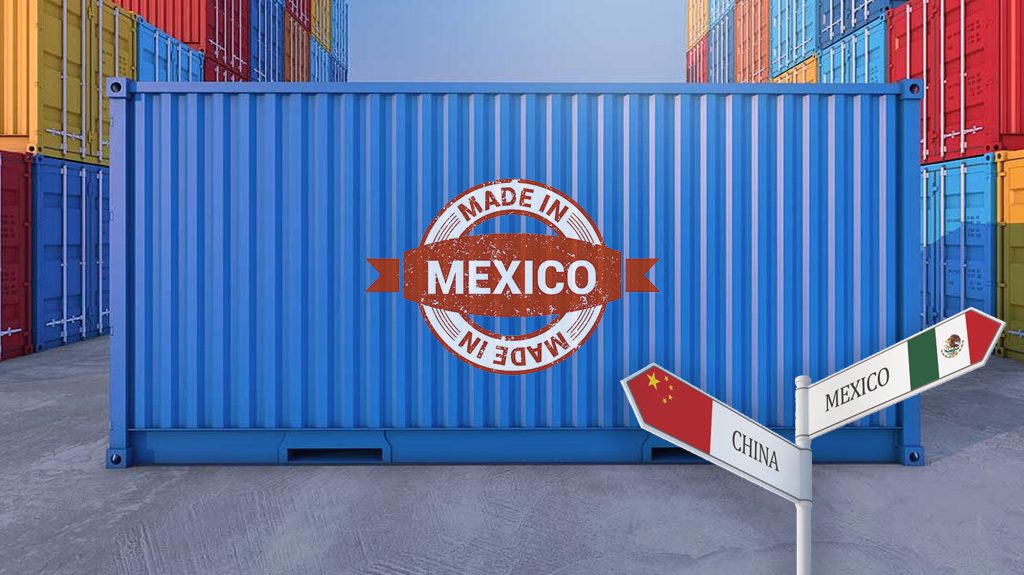

Published 05/08/2023
More and more companies are looking to follow the auto supplier’s path as they seek to navigate a world of mounting geopolitical and business uncertainty that has exposed weaknesses in far-flung supply chains. For many manufacturers, that has meant returning production closer to home, a push toward nearshoring that is chipping away at the offshoring drive over the past few decades that moved a swath of production from Western countries to low-cost centers in Asia, and most of all to China.
Many companies have been looking for alternatives to China since the Trump administration in 2018 slapped the country with new tariffs on top of import duties for a range of goods. The search accelerated after the pandemic caused a sharp contraction in shipping demand, which then surged rapidly as restrictions were lifted, triggering port bottlenecks, product shortages and crumbling transportation budgets across the corporate world.
Much of the growth in production in the U.S. and nearby countries is coming in high-tech fields such as semiconductors, national priorities backed by billions of dollars in government incentives to support a Biden administration push to wean America off its reliance on China-focused supply chains.
Mexico appears to be ideal for some companies seeking sites outside Asia to make goods more cheaply than in the U.S. It is close to American consumers, has a relatively cheap labor force compared with other North American workers and is a member of a free-trade agreement with the U.S. and Canada, saving the cost of tariffs that are imposed on a raft of imports from Asia. Importers say that although the cost of manufacturing in Mexico may be higher than in some parts of Asia, the country also delivers cost savings from shorter shipping distances that reduce the need to carry so much inventory and that offset the risk of production disruptions and lost sales because of freight delays.
Learn more about Why will manufacturing in Mexico be a competitive advantage for you.
Source: The Wall Street Journal
Related posts


